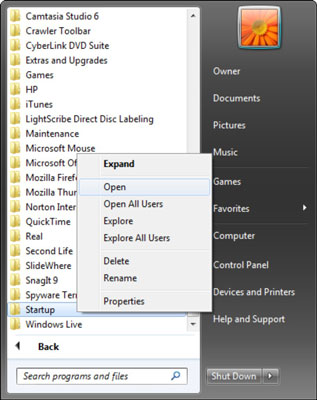

You can also just use this tool to run a command at login. Type a name and provide the command to launch the application. Click the “Add” button in this list to add your own applications. RELATED: How to Manage Startup Applications in Ubuntu 14.04ĭifferent Linux desktops have different ways of doing this. For example, on Ubuntu’s Unity desktop, open the Dash and type the word “start.” Click the “ Startup Applications” shortcut to see a list of startup applications. They’ll load automatically when you sign into your computer. Open the System Preferences window by clicking the Apple menu and selecting System Preferences, click the “Users & Groups” icon, and click “Login Items.”Ĭlick the “+” button at the bottom of this list to add applications, or drag-and-drop them into the list of applications.

On Mac OS X, the same interface that allows you to disable startup programs also allows you to add your own custom ones. RELATED: Mac OS X: Change Which Apps Start Automatically at Login On Windows 10, you can just drag-and-drop shortcuts from the “All Apps” list in the Start menu directly into this folder. Paste shortcuts into this folder and Windows will automatically load them when you sign into your computer. If you’d like a shortcut to launch itself whenever any user logs in, type “shell:common startup” into the Run dialog instead. Shortcuts you add to the “shell:startup” folder will only launch when you log in with your user account. Yes, you’ll need to use the folder - you can’t simply add shortcuts from the Task Manager’s Startup pane. To access it, press Windows Key + R, type “shell:startup” into the Run dialog, and press Enter. This folder is no longer as easily accessible on Windows 8, 8.1, and 10, but it’s still accessible. RELATED: How to Make Your Windows 10 PC Boot Faster

Next, locate the Startup folder under All Apps in the Start menu, right-click it, and select Paste to paste a copy of that shortcut. On these versions of Windows, you can simply open your Start menu, locate a shortcut to an application you want to start automatically, right-click it, and select Copy. On Windows 7 and earlier versions of Windows, the Start menu contained a “Startup” folder to make this easy.


 0 kommentar(er)
0 kommentar(er)
